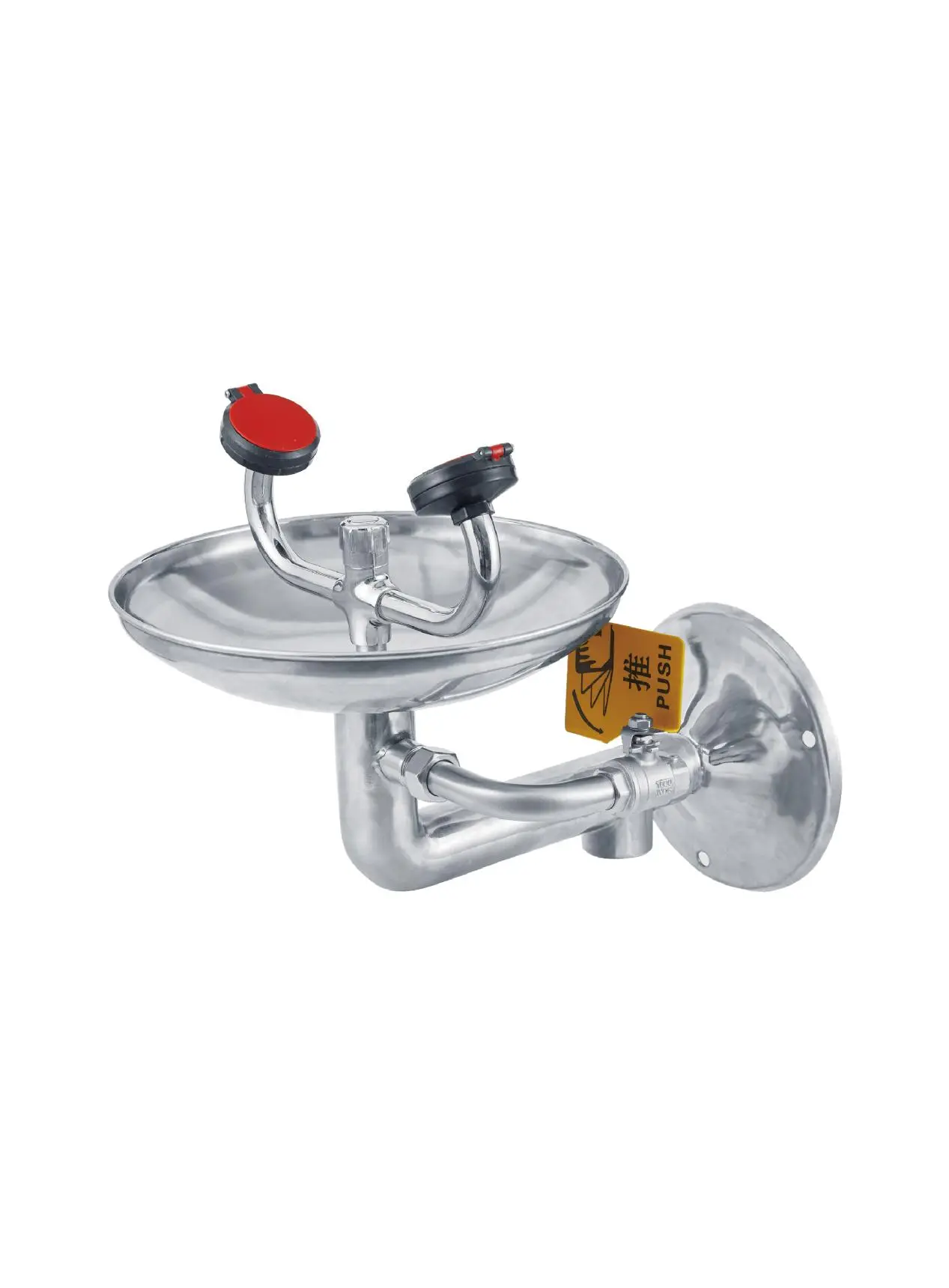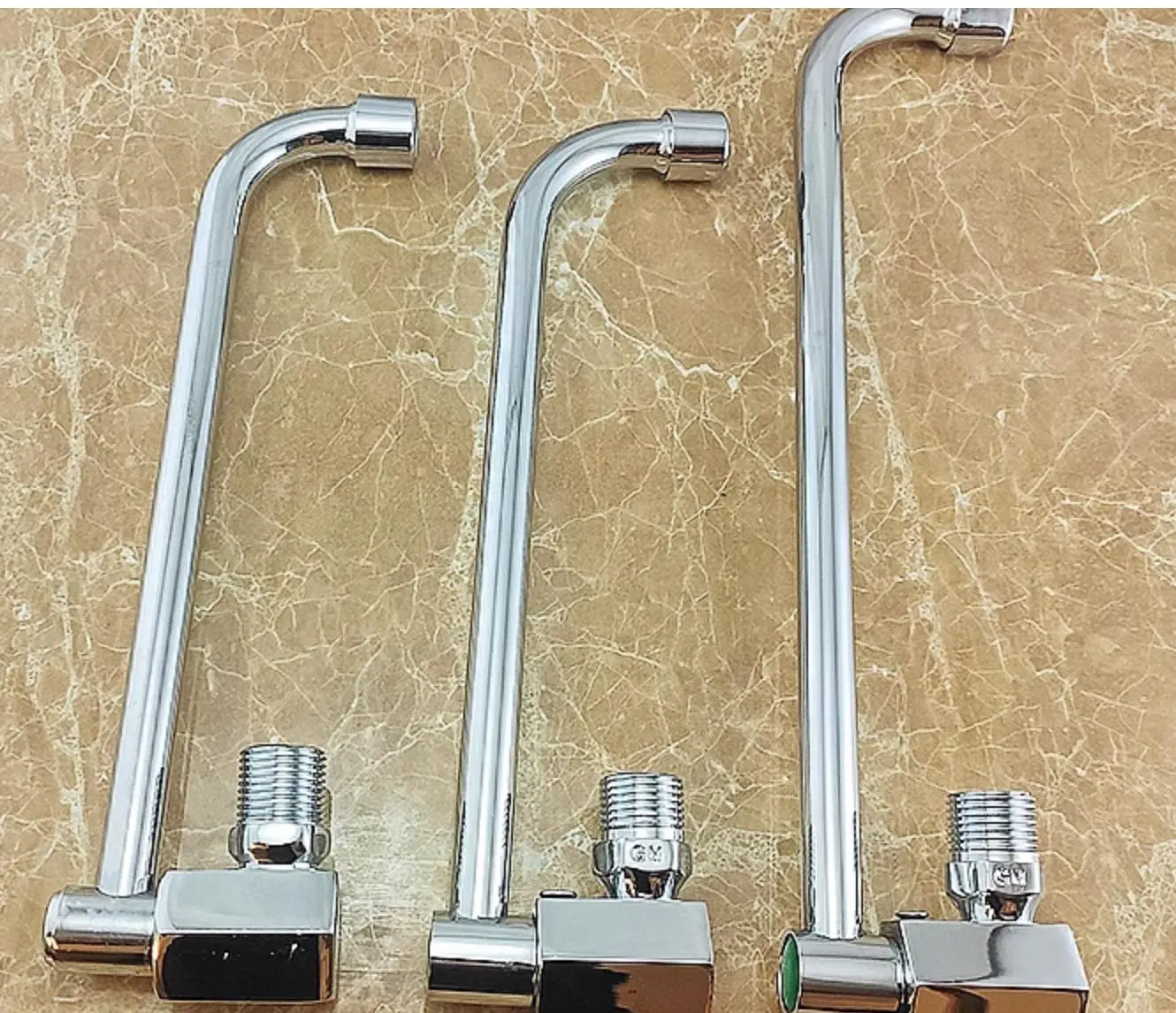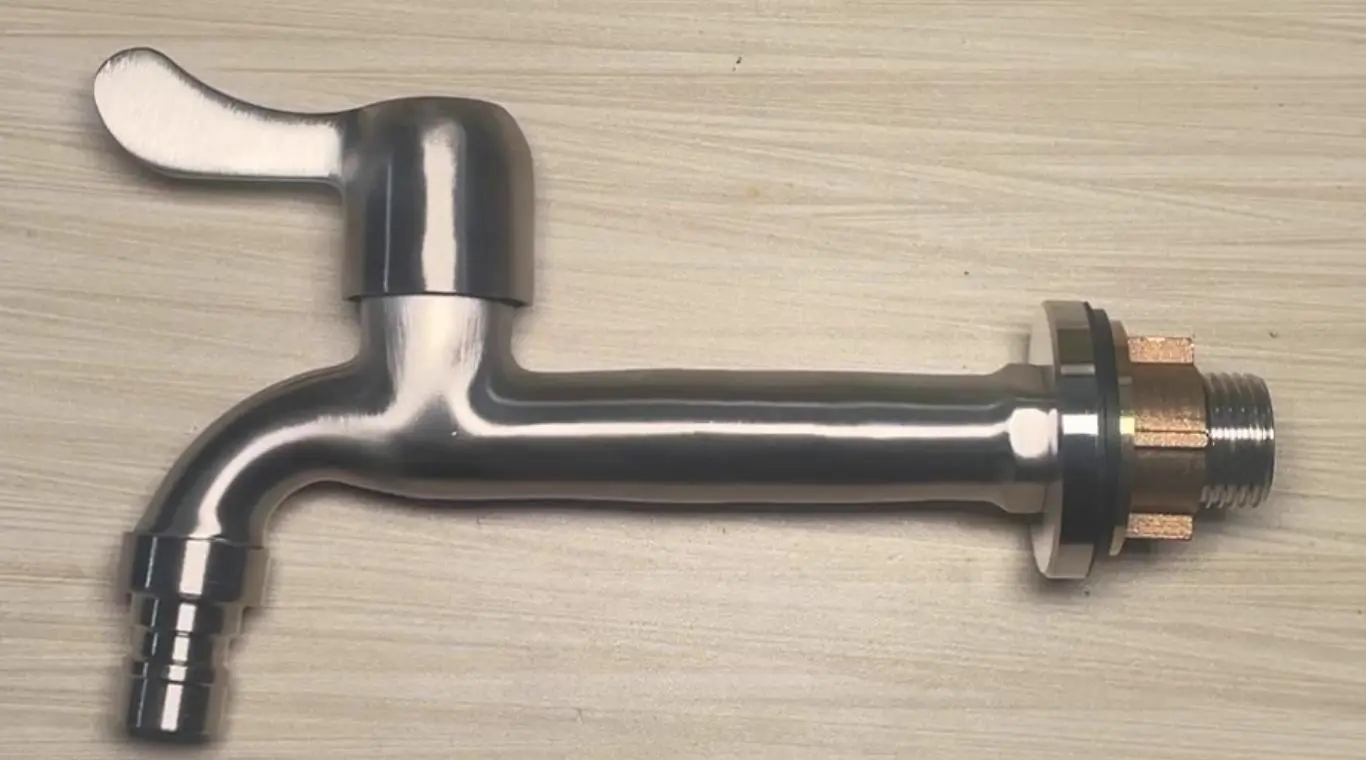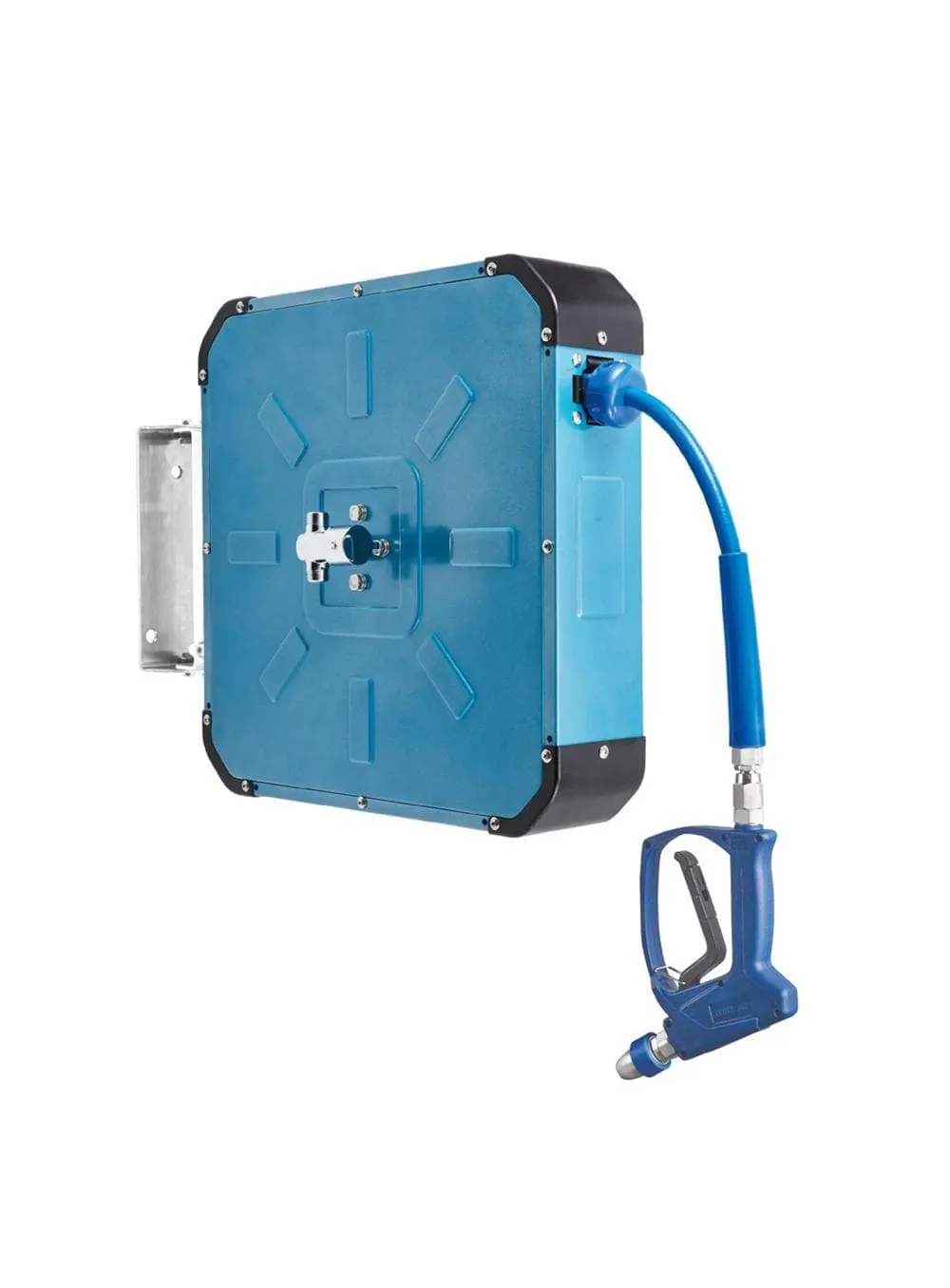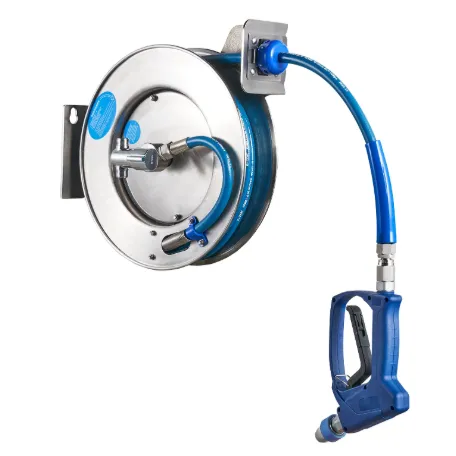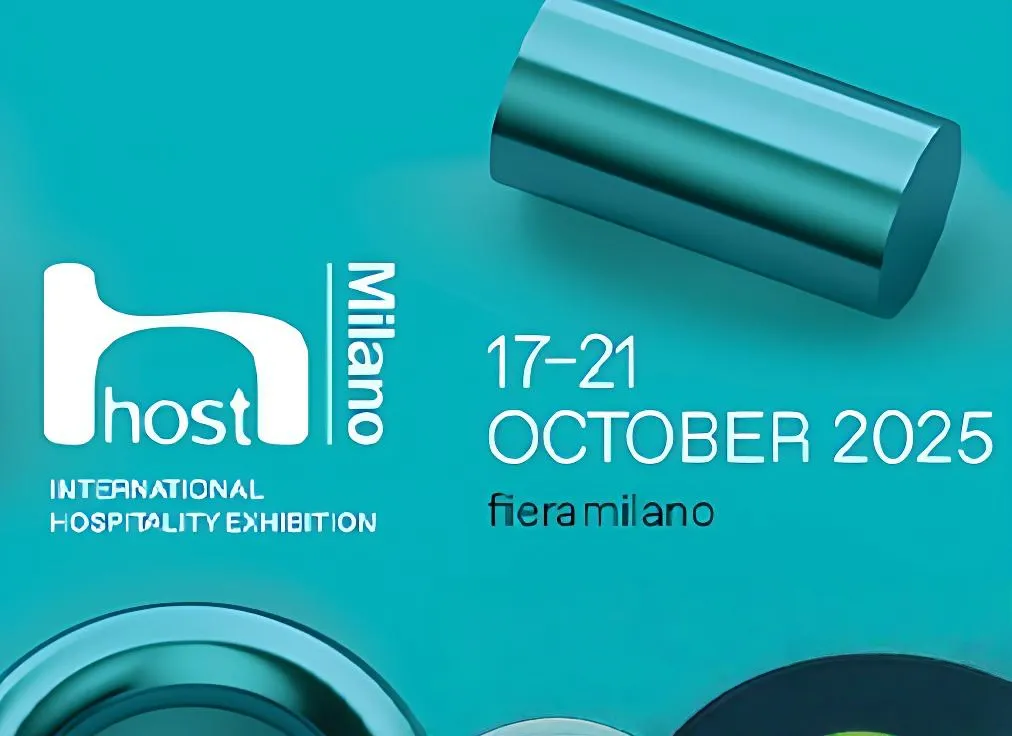NEWS
The lifespan of commercial kitchen equipment
Things used in commercial kitchens are definitely more frequent, such as chefs rinsing continuously and dishwasher connections, which will cause greater wear and tear. Therefore, the lifespan should be much shorter than that of ordinary household use. Users may be the owner, manager of a hotel or restaurant, or the person responsible for purchasing and maintaining equipment, and need to know the replacement cycle to plan the budget.
Next, we need to disassemble it. Commercial kitchen faucets, which may include different materials and design types, such as die-cast brass, stainless steel or ceramic valve core technology. The lifespan difference should be very large, and the score situation is explained. Users may be concerned about how to extend their service life or choose a more durable model, so specific numbers need to be given and influencing factors are mentioned.
For example, die-cast brass can usually last for 10-20 years, stainless steel may be slightly shorter, and ceramic valve cores have better durability. It is also important to Emphasize detail the importance of strength of use and maintenance of cleaning, which are key points in practical applications.
Also, pay attention to the potential needs of users. They may encounter damage to the faucet and want to understand the average life span to arrange replacement plans; or they want to choose cost-effective products when purchasing, and they need to know the differences between different materials and corresponding service life spans. Therefore, the answer should mention the impact of materials on life, and it is recommended to regularly inspect and clean and maintain.
It is also necessary to consider whether the user's business environment allows frequent replacement of equipment. For example, large hotels may have tight budgets, but faucet problems will affect operational efficiency. At this time, the product recommended for ceramic valve cores will be more valuable. Although the price is higher, it is more cost-effective in the long run. At the same time, it is reminded that factors such as water quality hardness and chemical corrosion will also affect their lifespan, which may be something they did not consider before.
Finally, it is necessary to confirm whether the source of information is reliable. Previous answers cite industry standards and durability data, so make sure these numbers are reasonable and supported by real-life cases. For example, ceramic valve cores are indeed more durable than rubber seals, which should be true. You may also need to consult the supplier's specific warranty period or instructions for use
Commercial kitchen faucets (especially for high frequency use) usually have a longer lifespan than home use, but are also far less than high-strength industrial applications.
Generally speaking:
Die-cast brass faucet: This is the most common type. If used properly, well-maintained and softer water quality, a high-quality die-cast brass (usually chrome-plated or stainless steel finish) commercial kitchen faucet can expect a service life of around 8 to 20 years.
Stainless steel faucet: If it is a pure stainless steel integrated faucet, the structural strength may be higher, but internal components such as valve cores are usually still standard. Its lifespan is similar to that of ordinary brass faucets, mainly depends on the frequency of use, water quality and maintenance.
Ceramic valve core technology: Some high-end commercial faucets use ceramic valve cores, which are more wear-resistant, less likely to age, better corrosion resistance than traditional rubber or plastic seals, and can provide better water flow control. Such faucets usually have longer lifespans, possibly more than 15 years or more.
Key factors affecting lifespan:
Strength and frequency of use: Commercial kitchens use faucets to clean kitchen utensils, operating tables, etc. very frequently.
Water quality: Hard water or water with high chlorine content can cause corrosion to metal parts and coatings, shortening life. Impurities in the water can also cause clogging.
Chemical Cleaners/Disinfectants: Strong cleaners and disinfectants used in the kitchen can accelerate wear, discoloration and damage to the faucet surfaces (especially stainless steel and chrome-plated surfaces)
Maintenance:
Check the faucet regularly for signs of water leakage.
Remove scale and water stains in time, especially in gaps.
Avoid using too rough tools or chemicals when cleaning (unless the product instructions allow).
If problematic parts (such as valve cores) are found, replace the entire faucet assembly in time to ensure its normal operation
Commercial kitchen faucets do not have an absolute fixed standard lifespan, but under good maintenance and moderate use conditions, one can expect:
Standard brass/stainless steel faucets: 8-15 years
High-end ceramic cartridge faucets: 10 years or more
Compared to residential faucets (usually a few years to a decade or so), commercial faucets wear out faster due to the more stringent environment they endure. Therefore, regular inspections, cleaning, and maintenance are very important. Addressing and replacing issues promptly can avoid greater repair costs or the risk of business interruption.
It is recommended that you consider the actual lifespan of the faucet based on the specific brand, model, and usage environment, and consult the supplier about warranty information when installing.
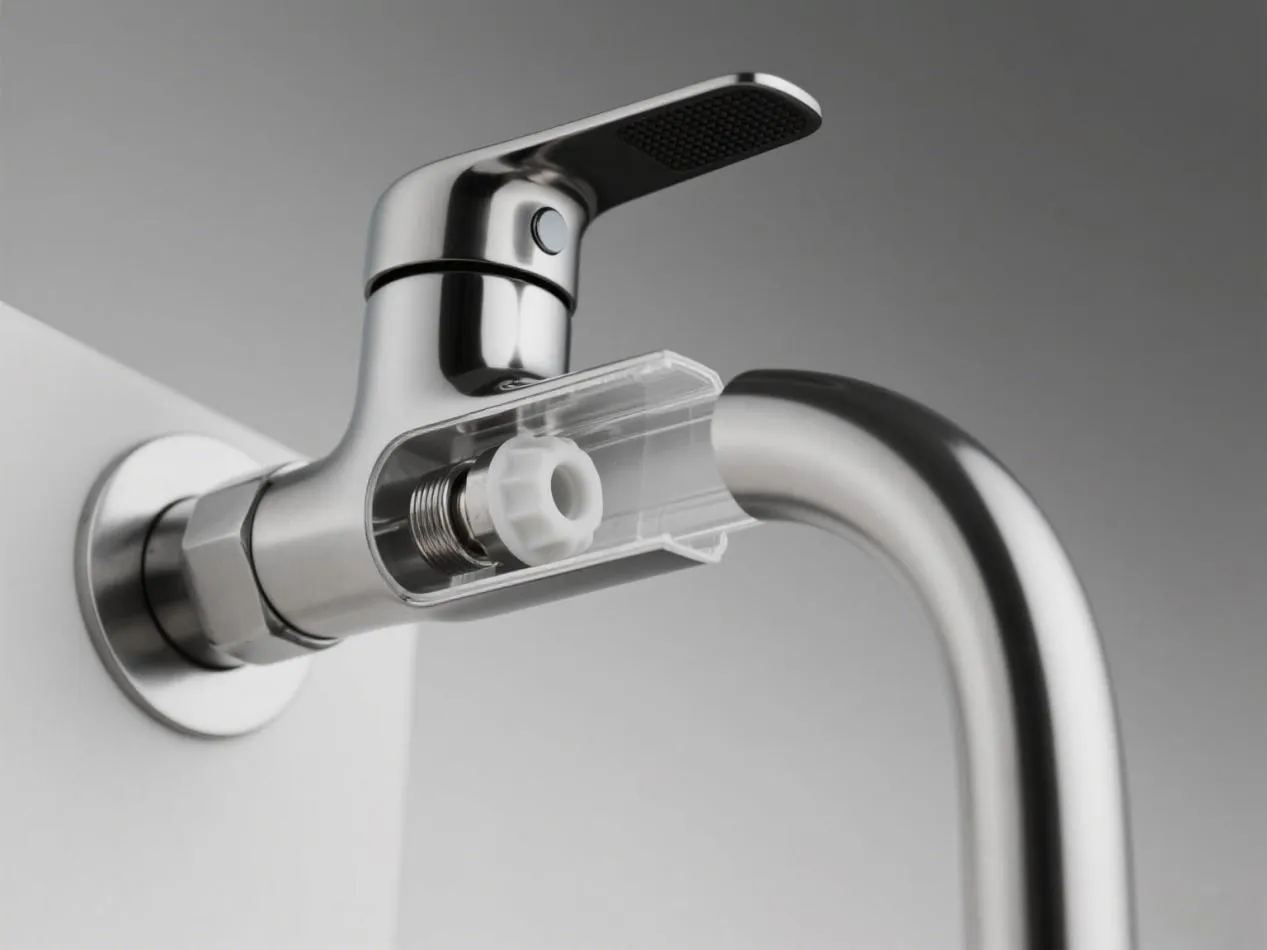
Things used in commercial kitchens are definitely more frequent, such as chefs rinsing continuously and dishwasher connections, which will cause greater wear and tear. Therefore, the lifespan should be much shorter than that of ordinary household use. Users may be the owner, manager of a hotel or restaurant, or the person responsible for purchasing and maintaining equipment, and need to know the replacement cycle to plan the budget.
Next, we need to disassemble it. Commercial kitchen faucets, which may include different materials and design types, such as die-cast brass, stainless steel or ceramic valve core technology. The lifespan difference should be very large, and the score situation is explained. Users may be concerned about how to extend their service life or choose a more durable model, so specific numbers need to be given and influencing factors are mentioned.
For example, die-cast brass can usually last for 10-20 years, stainless steel may be slightly shorter, and ceramic valve cores have better durability. It is also important to Emphasize detail the importance of strength of use and maintenance of cleaning, which are key points in practical applications.
Also, pay attention to the potential needs of users. They may encounter damage to the faucet and want to understand the average life span to arrange replacement plans; or they want to choose cost-effective products when purchasing, and they need to know the differences between different materials and corresponding service life spans. Therefore, the answer should mention the impact of materials on life, and it is recommended to regularly inspect and clean and maintain.
It is also necessary to consider whether the user's business environment allows frequent replacement of equipment. For example, large hotels may have tight budgets, but faucet problems will affect operational efficiency. At this time, the product recommended for ceramic valve cores will be more valuable. Although the price is higher, it is more cost-effective in the long run. At the same time, it is reminded that factors such as water quality hardness and chemical corrosion will also affect their lifespan, which may be something they did not consider before.
Finally, it is necessary to confirm whether the source of information is reliable. Previous answers cite industry standards and durability data, so make sure these numbers are reasonable and supported by real-life cases. For example, ceramic valve cores are indeed more durable than rubber seals, which should be true. You may also need to consult the supplier's specific warranty period or instructions for use
Commercial kitchen faucets (especially for high frequency use) usually have a longer lifespan than home use, but are also far less than high-strength industrial applications.
Generally speaking:
Die-cast brass faucet: This is the most common type. If used properly, well-maintained and softer water quality, a high-quality die-cast brass (usually chrome-plated or stainless steel finish) commercial kitchen faucet can expect a service life of around 8 to 20 years.
Stainless steel faucet: If it is a pure stainless steel integrated faucet, the structural strength may be higher, but internal components such as valve cores are usually still standard. Its lifespan is similar to that of ordinary brass faucets, mainly depends on the frequency of use, water quality and maintenance.
Ceramic valve core technology: Some high-end commercial faucets use ceramic valve cores, which are more wear-resistant, less likely to age, better corrosion resistance than traditional rubber or plastic seals, and can provide better water flow control. Such faucets usually have longer lifespans, possibly more than 15 years or more.
Key factors affecting lifespan:
Strength and frequency of use: Commercial kitchens use faucets to clean kitchen utensils, operating tables, etc. very frequently.
Water quality: Hard water or water with high chlorine content can cause corrosion to metal parts and coatings, shortening life. Impurities in the water can also cause clogging.
Chemical Cleaners/Disinfectants: Strong cleaners and disinfectants used in the kitchen can accelerate wear, discoloration and damage to the faucet surfaces (especially stainless steel and chrome-plated surfaces)
Maintenance:
Check the faucet regularly for signs of water leakage.
Remove scale and water stains in time, especially in gaps.
Avoid using too rough tools or chemicals when cleaning (unless the product instructions allow).
If problematic parts (such as valve cores) are found, replace the entire faucet assembly in time to ensure its normal operation
Commercial kitchen faucets do not have an absolute fixed standard lifespan, but under good maintenance and moderate use conditions, one can expect:
Standard brass/stainless steel faucets: 8-15 years
High-end ceramic cartridge faucets: 10 years or more
Compared to residential faucets (usually a few years to a decade or so), commercial faucets wear out faster due to the more stringent environment they endure. Therefore, regular inspections, cleaning, and maintenance are very important. Addressing and replacing issues promptly can avoid greater repair costs or the risk of business interruption.
It is recommended that you consider the actual lifespan of the faucet based on the specific brand, model, and usage environment, and consult the supplier about warranty information when installing.



